By SHERWIN DE VERA
www.nordis.net
BAGUIO CITY — Baguio-based activists commemorated the 5th year of Ferdinand Marcos’ burial at the Libingan ng mga Bayani with a protest at the remnants of his defaced bust located in Ibaloi lands in Taloy Sur, Tuba in Benguet, which the government land grabbed for the dictatorship’s dream of a Mount Rushmore-like park and golf course.
Besides condemning Duterte’s decision to give Marcos a hero’s burial, Martial Law survivors led by the Cordillera Peoples Alliance (CPA) gathered at the blasted bust on November 18 to remember the atrocities committed in the region during the dictatorship.
Sarah Dekdeken, CPA secretary-general, reiterated that Marcos is not a hero but a thief. “This blasted bust actually depicts the true legacy of the Marcos Regime, it stands on Ibaloi ancestral land forcefully taken from the people,” she said.
According to Dekdeken, Marcos’s legacy in the Cordillera includes land grabbing, plunder, and development aggression. She mentioned the foiled Chico River Dams that threatened to submerge Kalinga and Mountain Province villages and the Cellophil logging project in Abra. She said the Kaigorotan’s fierce resistance stopped these projects.
The resistance to the Chico dam project and Cellophil cost the lives of the vocal opposition; among them was Kalinga elder and leader Macliing Dulag, killed by government soldiers who raided his village in the dead of night.
“The North remembers, the North resists. Marcos was not and will never be a hero. His son is the spitting image of the father—dishonest and bereft of honor,” Dekdeken said.
Dekdeken added that the massacre in Be-ew, Tubo, Abra happened due to prolonged military operations during martial law. She said the military launched operations in the area on the pretext of hunting New People’s Army (NPA) rebels. In reality, there are logging concessions that want to exploit the rich forests in the area.
Even after the Ibalois successfully reclaimed their land, the remnants of the giant concrete bust remained. The 90 feet bust used to be a prominent landmark for travelers passing the Aspiras-Palispis highway (formerly Marcos Highway). It was the centerpiece of a proposed Marcos Park that covers 355 hectares of Ibaloi land.
Reclaimed ancestral land
According to Rose Labotan, an heir of an Ibaloi clan that reclaimed the park’s land, the bust “was really made to last.” “It is too sturdy, even a huge backhoe could not penetrate the concrete,” she said.
Labotan mentioned that it took those who scavenged the bust for scrap metal a day to get a foot of a steel bar.
“But we were able to reclaim our land, it took us long but we succeeded through our unity and with the help of the church and other groups,” she said
According to Labotan, the then Philippine Tourism Agency (PTA) held a community meeting in 1976 to discuss the Marcos Park plan. She said the agency deceived some landowners into selling their land to them.
“Deceived landowners said they were forced to sign and were given checks that they referred to as small pieces of cartolina. They did not even know how much they were paid,” Labotan shared.
The younger and educated Ibalois organized themselves and stood against the PTA plan.
“We cannot allow the park construction, where would we live? What would our children inherit? We had to do something,” she stressed.
Joanna Cariño, a martial law survivor and CPA founding member, said that when the 1986 people power uprising ousted the Marcos dictatorship, they met with then-President Corazon Aquino. Among their demands during their talk was the return of the Ibaloi lands in Taloy Sur, which Aquino granted.
Three years after the Marcos family fled to Hawaii, the bust was blasted but only managed to put a hole in the right ear. In 2002, a more powerful explosion defaced the statue. Communist rebels claimed both blastings.
Locals tried to demolish what was left of it but failed. Even treasure hunters tried their luck but were unable to dismantle it.
The PTA did not easily give up. In 2001, PTA sued the Ibalois, but the court decided in favor of the indigenous people. In 2007, the Supreme Court upheld the decision of the lower court to return the land to the rightful owners.
Labotan said the park’s land is now successfully segregated to all the rightful Ibaloi families.
Stolen youth
Elina Ramo, another martial law survivor, said the Marcos Regime stole their youth. “I was 14 years old when Marcos came to power, I was already 28 years old when he was driven out of Malacanang, imagine those years wasted under Martial Law,” she said.
Ramo said she was a campus journalist in high school and college. “Our school paper both in college and high school were the only ones allowed to print during martial law, maybe because we agreed to let the military do the final edit, we were that subservient,” she shared.
She also said that she was a Kabataang Barangay officer during those days, and Imee Marcos was their national chair. “When I started, the age limit for Kabataang Barangay was 21, but as Imee got older the age limit also got older, until she reached 31 she remained the National chairperson,” she shared.
According to Ramo, she got politicized sometime during her college years, when she realized the atrocities of the Marcos dictatorship. She joined the thousands of youth who organized themselves and joined the fight against the dictator. She was arrested and jailed for nine months in Camp Bado Dangwa in 1983.
“I was among the youth who got arrested after a mobilization, we staged a mobilization on March 9, 1983 and got arrested the following day, March 10,” she said.
Ramo said they continued their protest even in jail. “We were released because of our concerted efforts, we staged noise barrage, intermittent fasting that escalated to hunger strike until were released,” she added.
Kaigorotan prevailed
Dekdeken stressed that like the Ibaloi in Taloy Sur, through the collective and united struggle of Igorot tribes, the Chico dams and Cellophil logging stopped amid illegal arrests and prolonged military operations in their ancestral land.
Cariño said that the Kaigorotan (indigenous peoples of the Cordillera) successfully resisted military rule and intense militarization, relying on their tribal practice of concerted and unified mass action. They asserted their collective rights amid the arrests and killings, exhausting all peaceful methods possible.
Cariño said the Kaigorotan’s struggle against the Chico dams and Cellophil logging birthed a pan-Cordillera mass movement and transformed spontaneous reactions into “conscious and concerted action.”
According to Cariño, the Kaigorotan resistance that started as a spontaneous response of tribes to outside threats found its place in the national democratic struggle.
“The Kaigorotan fought amid the illegal arrests and killings, they joined the fight against the dictatorship, but the Marcoses want to revise history. This is a challenge to the youth, to learn from history, to understand what really happened, and not be easily swayed by false information,” Dekdeken said.
Duterte, a Marcos copycat
Reginald Flores of the Youth Act Now Against Tyranny (YANAT) reiterated that the Duterte administration’s record is similar to that of the Marcos dictatorship. He pointed to the continuing human rights violations ranging from red-tagging, illegal arrests to killings, campus repression, and development aggression.
Flores mentioned cases of vilification and terrorist tagging of progressive youth leaders and organizations who are vocal critics of the Duterte administration’s anti-people policies and programs, which is similar to what Marcos did during martial law.
He added that even the recent pull out of “subversive materials” in school libraries is reminiscent of the martial law years.
“Duterte is using a similar playbook as his idol, Marcos. Tyranny is very much alive under this administration,” he said.
“But the people’s resolve to end tyranny is very much alive too,” he added.
Not another tyrant
Karlo Altomonte, a Baguio artist and convenor of 1Sambayan Baguio chapter, asked the youth, especially those voting for the first time to choose candidates based on their experience and capabilities.
According to Altomonte, Marcos, Jr’s track record shows that he would not be where he is now without his father.
“What has he done (Marcos, Jr.) the past six years? We have not heard of him during the pandemic, he only became visible when he announced his bid for the presidency,” he stressed.
Altomonte also mentioned how Marcos, Jr. lied about being too young to know the violence and chaos during martial law. He added that Marcos, Jr. also lied about graduating from Oxford University.
“What has he done apart from lying? Why will we put our future in his hands,” Altomonte said. # nordis.net / with reports from Kimberlie Quitasol

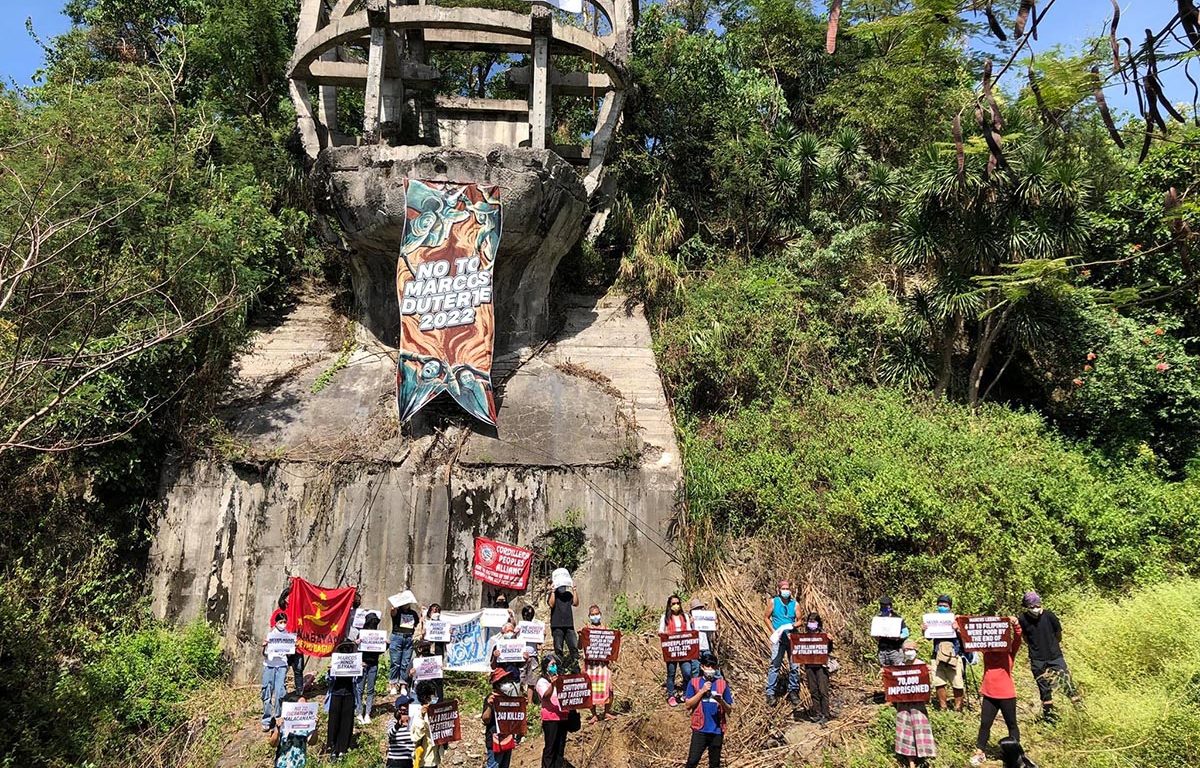
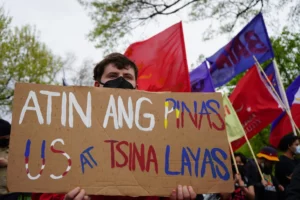
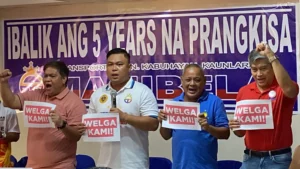
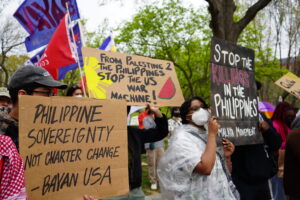

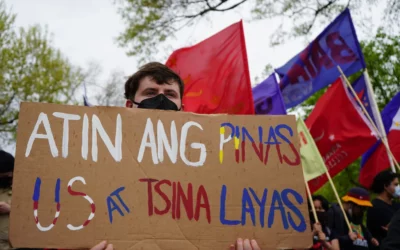
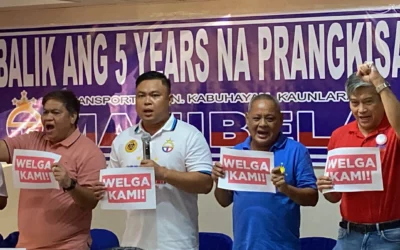
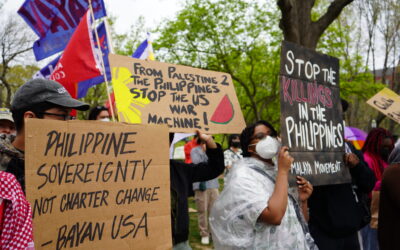

0 Comments